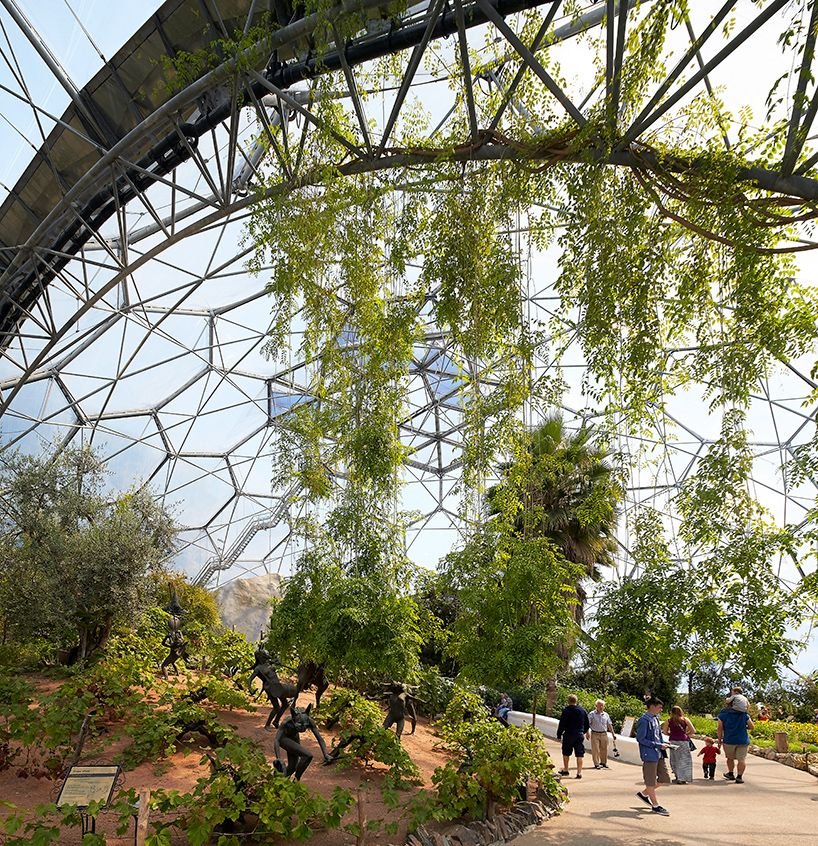“Universal design is the design of products and environments to be usable by all people, to the greatest extent possible without the need for adaption or specialized design.“ – Ronald L. Mace.

According to the World Health Organization, about 15% of the world lives with some kind of disability. Disability is a part of human life – almost everyone will face it temporarily or permanently, at some point in their life. As we get older, we will encounter increasing difficulties in functioning.
Disability can be categorized as:
- Physical
- Mental
- Social
In this article, we will talk about designing for the physically disabled, and in further articles, we will discuss the mental and social disabilities.
Unable to access a significant amount of services and infrastructure facilities, leads disabled people to poorer health conditions, education and economic conditions. As architects, it is our duty to design for the comfort of all users.
Creating A Barrier Free Environment
Simple elements can be used to create a barrier-free environment that can ease the life of people with special needs.
Guidelines and Space Standards For Barrier Free Built Environment For Disabled and Elderly (1996) by the Central Public Works Department (CPWD) state the guidelines to be followed in buildings, like residential buildings, auditoriums, parks, restaurants, railway stations, etc.
-
Ramps:
Persons restricted in a wheelchair should be able to use facilities in an environment without any assistance.
Ramps should be designed for the proper required slope (1:12) and dimensions (900 mm) for the ease of its users.
2. Braille Signs :
Key signage such as washroom doors and staircase handrails have braille lettering, to allow blind users to use touch to move about independently.
3. Tactile tiles
Tactile tiles are placed on crossroads or turns for visually impaired people to help them navigate their way.
4. Sensory design
Often people with one sensory disability have another stronger sense, which could help them experience a space. A diverse sense of smell, sound or textures can be used to differentiate
The Eden Project, Cornwall, UK
Grimshaw Architects
The second phase of the Eden Project in partnership with The Sensory Trust, The Biomes. It is a major tourist attraction outside London, UK.

The thought behind the design was making the place accessible to everyone. Every person who steps foot on campus should feel each and every aspect like any other non-disabled person. Different touch, sound, and smelling elements have been used to help the sensory disabled visitors. The use of landform makes the building accessible for all at all times, people in a wheelchair can easily leave the building at any level, without depending on others.
Public buildings need to be designed keeping in mind the diversity of its users. Universal design should be made a basic design requirement rather than just an accessory.
A simple effort made by architects can make its users feel a sense of confidence in themselves as it enables them to do everything that any other being is capable of doing without help. This will, in turn, help them to overcome daily challenges like poverty, improper health and education facilities as they are accepted in the infrastructure.



